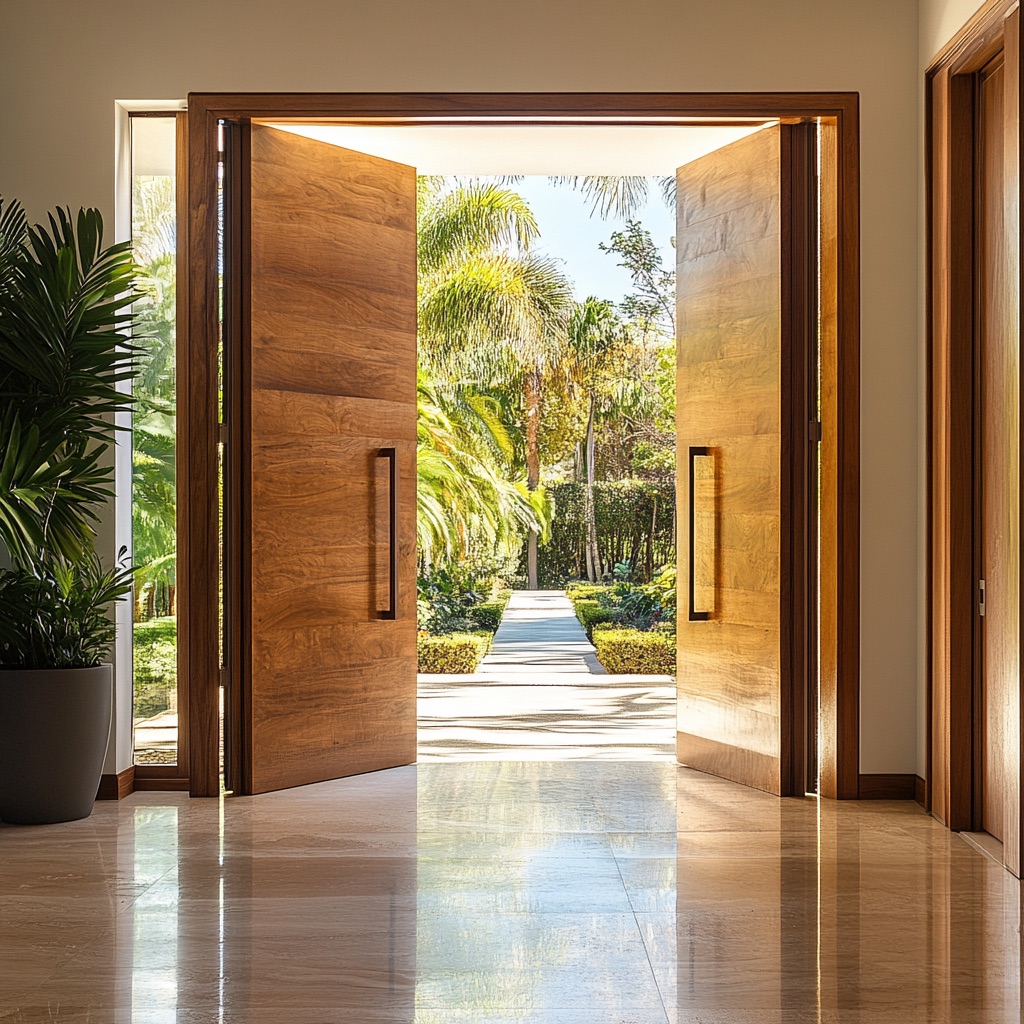Last updated on
Are you about to take on a home improvement project? How eco-friendly is it going to be? Here are five ideas that are friendly to the environment.
As of writing, you may have been stuck at home and quarantined, for quite a bit of time already. While isolated, it’s not farfetched that you may have noticed so many areas of your house screaming for improvement. When you begin to ponder on that thought, you also begin to think, when was the last time your house received a renovation or even a minor change here and there? Well, now’s a good time for you to consider doing these changes in your home.
Of the many home improvement ideas that you can take inspiration from, now’s a good time for you to focus on the home improvement ideas that are friendly to the environment. In so doing, you’re also able to join the rest of the world in the clamor to become more eco-friendly.
Being environmentally friendly doesn’t necessarily mean you’ve got to break the bank; if you’re savvy, you can save time and money, increase health, decrease environmental impact, and live happier organically.
Here are five ways to see a return on investment (ROI) based on environmentally friendly property management tactics.
What's Inside
Rain Barrels
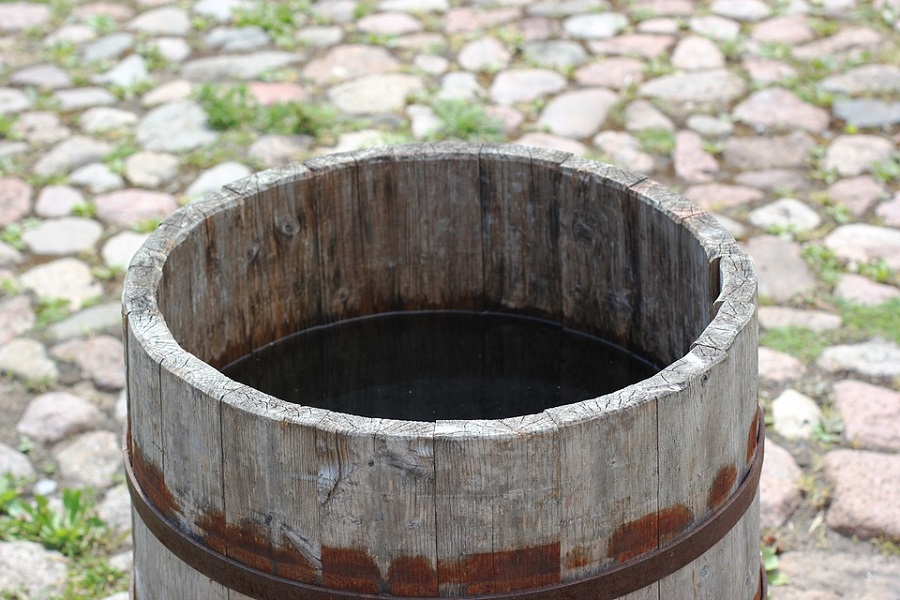
In some states, it’s illegal to collect rain. There are ways around this, you should check local law to see where your locality stands. Generally, you’ll be able to use rain barrels. Just be sure that you check the local laws first, to ensure that you’re not going anywhere above what the law allows.
Incorporate a filtration system and you’ve got ample clean drinking water. In Austin, Texas, you get 35 inches of rain a year, roughly. This is an asset that you can take advantage of. Rather than spending so much on clean drinking water, now you can even have this by collecting rain. The expense of having rain barrels installed will indeed prove to be a worth it change, in the long run.
Design your roof and premises to funnel water into rain barrels, store that water, and filter it. An average rain barrel holds 60 gallons. Twelve holds 720. One good storm could give two people clean, fresh, natural drinking water for a whole year, at around a gallon a day. It’s going to be better than tap water, which has all manner of chemicals.
Another advantage of having rain barrels installed has to do with the reduction in monthly water bills. You won’t have to pay so much for utilities. If you’re in a rainy enough place, you can also store rainwater for hygiene, but it’s probably better to use traditional utilities here. Still, buy 12 rain barrels one year and use them for a decade. Spend $1,440 in barrels, $560 on a proper water filtration system, and for $2k you’ve got drinking water for a decade or more.
Meanwhile, at $1 a gallon and an average two-person consumption of 730 gallons a year (a gallon a day for each person), you’re looking at $7,300 a year. So in a decade, proper rain barrel use could save you over $5k while helping you live cleaner and in a more ecologically friendly way. That’s cost savings that you shouldn’t ever take for granted.
“Green” Energy
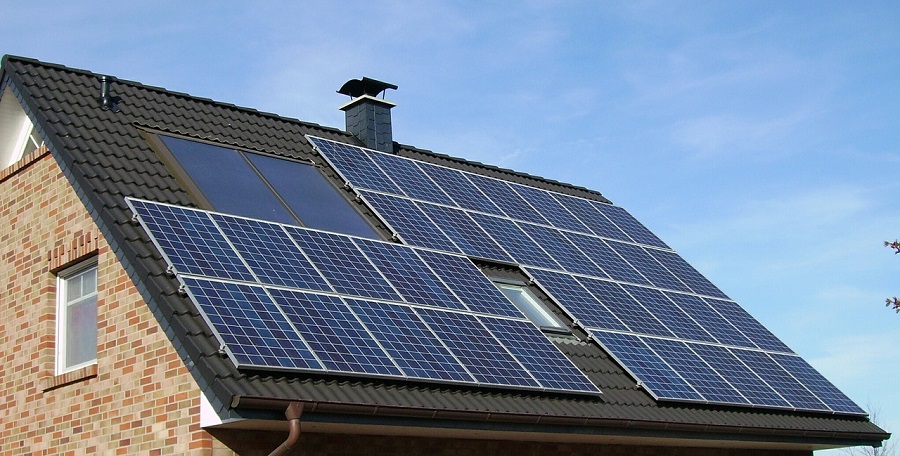
A solar energy array of 3.1 kWh will cost around $5k if you employ DIY installation techniques. You’ll see an average property value spike of over $16k, nationally. That’s $11k ROI for a weekend’s work. You’ll see ROI, likely enough, even if you have such an array professionally installed. That’s not to mention utility bill savings.
Generally, the average for a family in America is $100 a month, or $1,200 a year. That’s $12k in ten years you could save through an effective solar array. Not every day is sunny, so this isn’t an exact record of savings. However, you should see it even out.
Water energy and wind energy can additionally produce electricity in a way that’s more cost-effective than using the grid in the long term, but you’ll need to be zoned correctly, and you’ll need to be near fast-running water or windy areas.
Still, each is about $5k to install. For $15k you can be grid-independent with three energy collection means that are green and at a profit. What you save in utilities, and your property value expansion represents considerable ROI.
Upgrading your current heating and cooling system can make a huge difference to your carbon footprint and also cut your heating bills. The major reason for this is that many older HVAC appliances were not made to current green standards, take boilers, for example, older models produce around 300kg more carbon each year and use at least 20% more fuel.
The good news is that there is now lots of government support to help you upgrade your old, inefficient models and you can apply for heating grants.
A Vegetable Garden

When you have a big lawn or garden in your home, there are so many DIY ideas that you can do with it. First, you can go with the usual landscaping. But, to make it more sustainable, you may also want to add in a vegetable garden.
A vegetable garden is as cheap as the seeds and water necessary for growth. Fertilizer helps, and there are natural ways of acquiring it. Also, you can use rainwater for irrigation if you like—whatever works best. Keep at it regularly and you can have your own fruits and veggies readily available throughout most of the year. You can make preserves for the winter.
Clutter Reduction
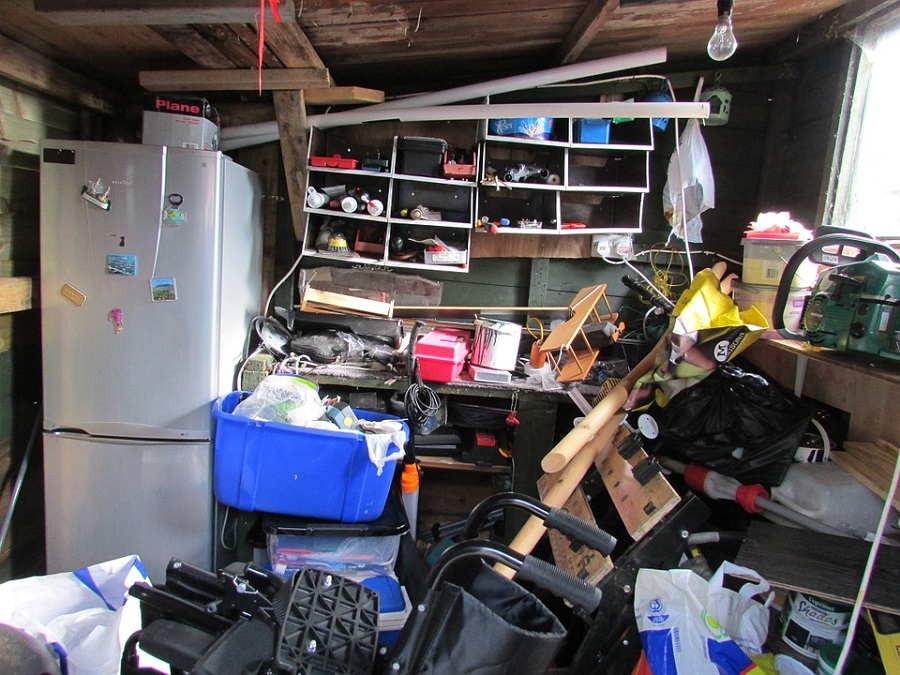
You’ve probably got a lot of empty space in your home you don’t make proper use of. Clear that space. Throw away junk. Reduce what your needs are to live, and make sure the premises are spotless as you can make them. Minimalism reduces the surface area of possessions, collaterally cutting associated costs.
Atmospheric Management
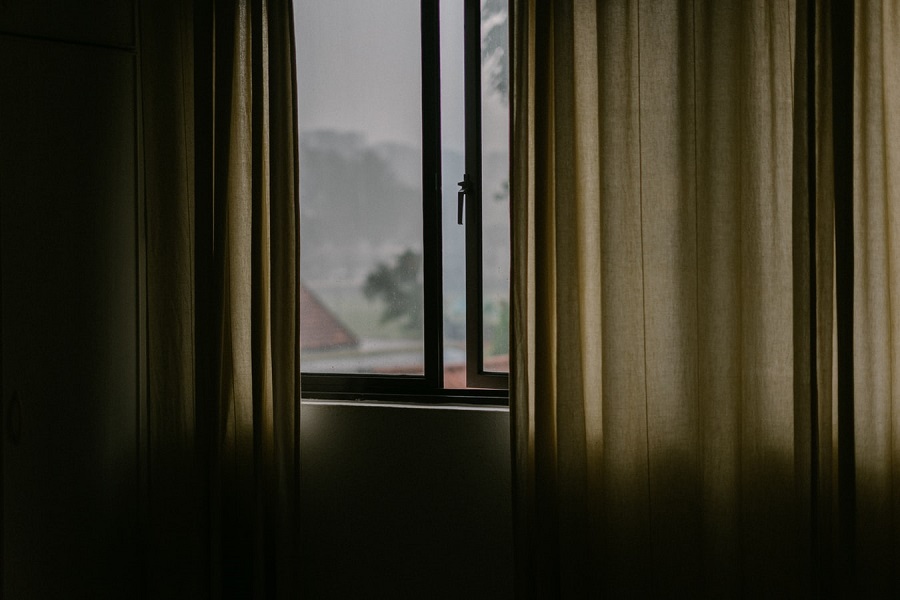
Open windows at night, and close them at daybreak along with blinds—you’ll keep the evenings cool in until the heat of the day. Use natural ventilation from areas of the home away from the sun at that point to keep the premises cool. With this kind of atmospheric management system, you’re reducing the need for your family and the entire household to be dependent on your HVAC system. Of course, this isn’t to say that you should go without HVAC in your home. You’ll still need this. But, the key is in reducing the costs that are associated with running the HVAC.
Practice strategic atmosphere controls and your home will stay cool without so much HVAC cost. You can do the same in winter through battening down “hatches” and opening windows where the sun comes in. Also, solid insulation keeps the inside hot or cool regardless of exterior temperatures with greater reliability.
Stewarding Resources Profitably
Atmosphere controls, clutter reduction, veggie gardens, rain barrels, and alternative energy can cost-effectively reduce expenses in owning a home while simultaneously having a positive impact on the environment. Even better yet, these have the opportunity of delivering ROI either in deferred expenses or increased property value. If you’re looking for any home improvement that you can do on your property now, these ideas are a good place for you to start. Not only are you making your home look better, but you’re also enabling a more sustainable way of life, for the future.




